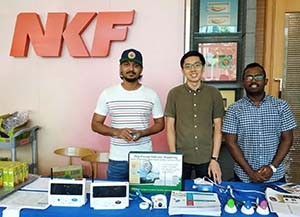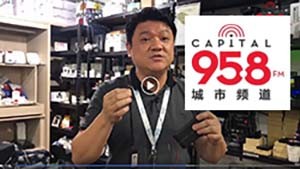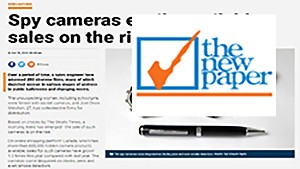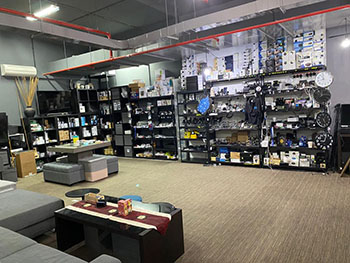Body-Worn Camera Technological Innovation Throughout the Years
Among the numerous electronic gadgets that we use daily, the cameras are undoubtedly among the most popular. From smartphones to laptops to home security systems, everything has a tiny camera. While the main purpose of cameras is to record the most cherished memories or things that interest us, some are meant for specific tasks. A first example is body-cam, or cameras that are worn or held fast to the body.
As the name suggests, body-cam are designed to be fixed on us. Users who use them the most are American police officers or law enforcement personnel, who use them to record footage of evidence and testimonials. Action cams are other types of cameras that can be worn on the body and allow you to record personal activities. This also makes them ideal for video blogging or sports shooting.
Over the last several years, technology combined with innovation and advances in the field of police and security has redefined many aspects of policing and security services. Mainly perceiving technology as an extension of the rule of law in order to use violence such (such as the use of TASERs) – such as DNA testing (Roman, 2008) – as well as a mechanism to improve the efficiency and effectiveness of the services offered by the police in relation to crime detection in conjunction with the predictive policing model (Intelligence-Led) – Policing) and the handling information (such as Hot Spots analysis done by CrimeView through the POL Police Information System).
Technology has also been increasingly used as a surveillance and surveillance mechanism by both ordinary citizens and the police. In the early 1990s in various US police, cameras mounted on in-car video cameras emerged as a new method of recording real-time contact between police and civilians (Pilant, 1995).
Despite the early resistance provided by police officers to these cameras (Pilant, 1995), research has shown that they have increased the sense of security that police officers feel in performing their duties, increasing accountability and transparency on the part of police officers as well. and reducing any liability on the part of the police. As a result, this technology has become widely accepted and embraced by US law enforcement authorities (IACP, 2003).
On the other hand, CCTV systems have become increasingly popular among various local and law enforcement authorities as they provide two very important surveillance and prevention perspectives, such as crime prevention in general and as a tool for the police investigation.
Of course, the proliferation and proliferation of smartphones (which have a built-in video and audio camera) in the modern digital age has also exponentially increased the ability to record events as they occur, especially during police and citizen contact. As a result, video and audio recording have become a widespread part of 21st-century life.
What is Body Worn Cameras-BWCs?
The latest technological developments in the field of law enforcement in the field of surveillance include cameras worn by police and private guards in the course of a service (police officer body-worn cameras). The technology of using these cameras is very simple and will be explained later.
 https://www.google.com/search?q=The+Evolution+of+Body-Worn+Camera+Technology&sxsrf=ACYBGNSWOIcAeBBIRfLTnkgAH9YmZFQ9xA:1571824412321&source=lnms&tbm=isch&sa=X&ved=0ahUKEwiN6fqdjrLlAhUMrI8KHcMBBWsQ_AUIFCgD&biw=1533&bih=801#imgrc=dNSPuHdlC3aGfM:
https://www.google.com/search?q=The+Evolution+of+Body-Worn+Camera+Technology&sxsrf=ACYBGNSWOIcAeBBIRfLTnkgAH9YmZFQ9xA:1571824412321&source=lnms&tbm=isch&sa=X&ved=0ahUKEwiN6fqdjrLlAhUMrI8KHcMBBWsQ_AUIFCgD&biw=1533&bih=801#imgrc=dNSPuHdlC3aGfM:
The camera carried by the police officer or security guard (which is a small device that can record picture and sound) records the interaction and contact of a police officer or security guard with a citizen, victim or perpetrator of a crime. The video and audio captured by portable cameras are used by Security Authorities and Services to provide transparency in their relationship with civil society and in which they are ultimately accountable.
How does a portable camera work?
This technology makes use of a camera mounted on either the trunk or the body of a police officer or guard. The portable camera is either secured with a cord from the neck of the police officer or fixed in the pocket or collar of the police officer’s uniform. It may even be embedded in sunglasses worn by the police officer. In general, however, the portable camera is positioned at higher points of the body to provide a good visual when recording video and audio.
This technology can capture video and audio snapshots. This allows him to record what the officer sees during his shift and consequently records every move that is made in front of him and by anyone he comes into contact with. The recording capability can be limited from a few hours up to 14 hours. There are many different portable cameras worn by police uniforms, including Panasonic, VIEVU, TASER International, WatchGuard, and Wolfcom Enterprises. The cost of such a camera can range from $ 200 to $ 1000, which is from about $ 185 to about $ 925.
Handheld cameras can include many options, such as the various user-friendly camera controls, such as the push to the record button, touch screen controls, video, and audio streaming and preview capabilities, and playback right now through a screen that can be integrated. The video footage captured through the cameras is downloaded via a camera dock to a local storage device (for example a local server on an internal network) or via an online cloud-based digital media storage platform, where data can be encrypted and managed. Some models also allow the video to be uploaded while the policeman is already in the field of action.
The technology of using portable cameras includes many components, which differ between the various manufacturers of such cameras as already mentioned. For example, TASER International’s system called AXON includes-
- A small camera in the police uniform (either in a hat or shirt collar or sunglasses) that records what the policeman sees,
- A small device (for example a Smartphone Laptop) where the video material is stored; and
- A battery that lasts for about 12 to 14 hours and includes a camera power switch to enable the camera to capture a police image at will.
The AXON system comes with a cloud-based data storage service where the end-of-shift police officer or officer places the recorder in a dock and then the web storage servOn the other hand, the VIEVU carry camera system is a standalone system with a compact device that police officers carry on their bodies which includes a video and audio camera and a cloud-based transmission and data storage.ice uploads and safely uploads all the videos recorded to a database.
On the other hand, the VIEVU carry camera system is a standalone system with a compact device that police officers carry on their bodies which includes a video and audio camera and a cloud-based transmission and data storage.
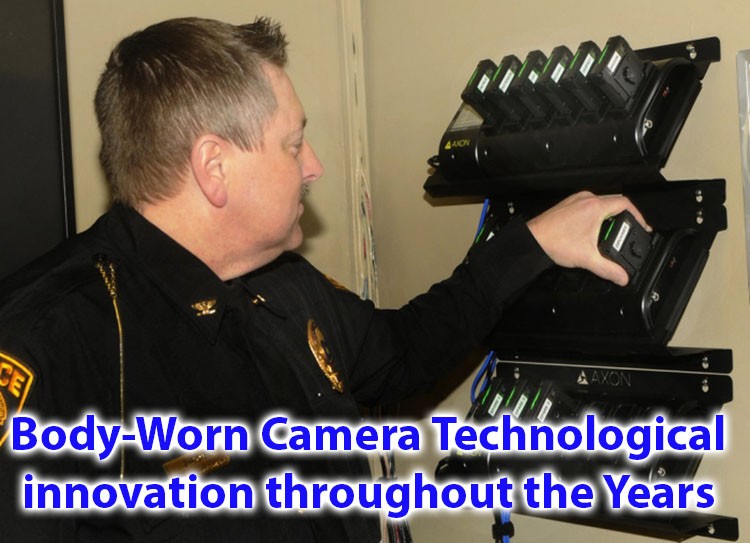
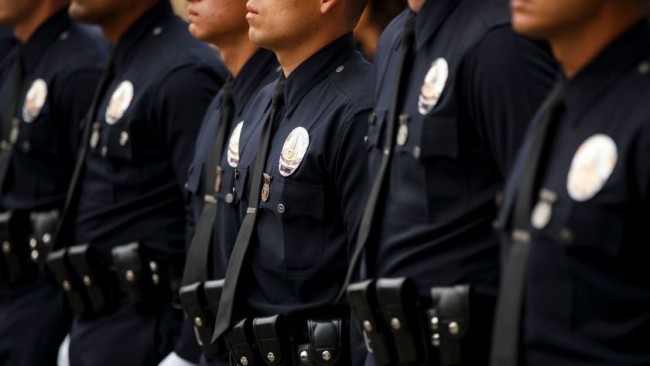 https://www.google.com/search?q=The+Evolution+of+Body-Worn+Camera+Technology&sxsrf=ACYBGNSWOIcAeBBIRfLTnkgAH9YmZFQ9xA:1571824412321&source=lnms&tbm=isch&sa=X&ved=0ahUKEwiN6fqdjrLlAhUMrI8KHcMBBWsQ_AUIFCgD&biw=1533&bih=801#imgrc=dNSPuHdlC3aGfM:
https://www.google.com/search?q=The+Evolution+of+Body-Worn+Camera+Technology&sxsrf=ACYBGNSWOIcAeBBIRfLTnkgAH9YmZFQ9xA:1571824412321&source=lnms&tbm=isch&sa=X&ved=0ahUKEwiN6fqdjrLlAhUMrI8KHcMBBWsQ_AUIFCgD&biw=1533&bih=801#imgrc=dNSPuHdlC3aGfM:


